It is only mid-July and I am already trying to figure out what to do next in my garden. The thought of empty space as plants die off for the season drive me crazy. While spring is often associated with gardening, late summer also presents a fantastic opportunity to plant and cultivate a thriving garden. With the warm soil and favorable growing conditions, late summer planting allows you to extend the growing season and enjoy a bountiful harvest well into fall. In this article, we’ll explore some essential tips for planting a garden in late summer, helping you make the most of this overlooked gardening season.
1. Selecting Suitable Crops:
Choose crops that thrive in the shorter growing season of late summer and can withstand cooler temperatures. Ideal options include leafy greens like lettuce, spinach, and kale, as well as quick-maturing vegetables such as radishes, carrots, beets, and green beans. Additionally, consider planting herbs like parsley, cilantro, and dill.
You may also want to read Embrace Sustainable Gardening: Exploring the Best Greenhouses on Amazon
2. Preparing the Soil:
Prepare your garden bed by removing any weeds and debris. Loosen the soil and add compost or organic matter to improve its structure and fertility. This will provide essential nutrients to your plants and ensure proper drainage.
3. Timing Is Key:
Pay attention to the days to maturity for the crops you choose. Factor in the average first frost date for your region to ensure you have sufficient time for the plants to grow and mature before colder weather arrives. Consult gardening resources or your local cooperative extension office (or just do a quick Google search) for the specific dates in your area.
4. Watering and Mulching:
Late summer can bring hot and dry weather, so consistent watering is essential. Water your garden deeply and regularly to keep the soil moist but not waterlogged. Apply a layer of organic mulch, such as straw or wood chips, to conserve moisture, regulate soil temperature, and suppress weed growth.
5. Pest and Disease Management:
Late summer gardens may still be susceptible to pests and diseases. Monitor your plants regularly for signs of pests or diseases, and take appropriate measures, such as organic insecticidal sprays or physical barriers, to protect your crops. Practice proper garden hygiene by removing any infected or damaged plants promptly.
6. Provide Shade and Protection:
As temperatures rise, consider providing shade for your plants to prevent stress or bolting. You can use shade cloth or plant taller crops strategically to create shade for shorter ones. Use row covers or netting to protect your plants from pests or extreme weather conditions.
Check out Gardening Books to learn more
7. Succession Planting:
To maximize your garden’s productivity, consider succession planting. As you harvest your early-maturing crops, replant the same space with quick-growing vegetables or greens. This way, you can enjoy a continuous harvest throughout the season.
8. Harvesting and Preserving:
As your late-summer crops reach maturity, harvest them promptly for peak flavor and quality. Enjoy the fresh produce in your meals, and consider preserving any surplus through freezing, canning, or pickling to savor the flavors of your garden well into winter.
Conclusion:
Late summer is an opportune time to plant a garden and reap a bountiful harvest. By selecting suitable crops, preparing the soil, timing your planting, providing adequate watering and mulching, managing pests and diseases, and practicing succession planting, you can enjoy the rewards of a vibrant and productive garden. Embrace the late-summer gardening season, savor the flavors of homegrown produce, and relish the joy of nurturing plants through to harvest. Happy gardening!
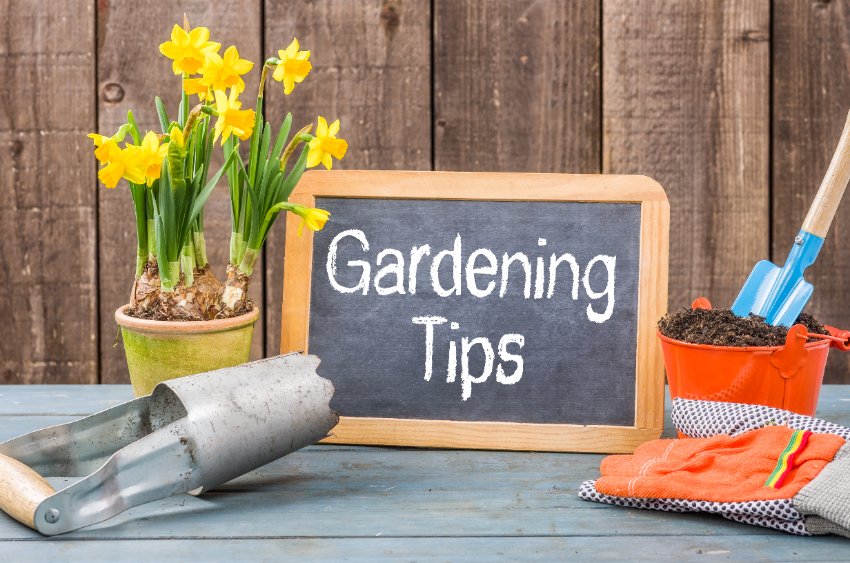
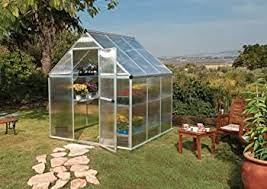

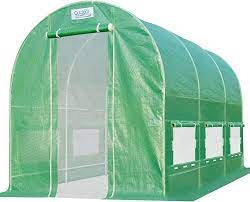 If flexibility and mobility are priorities,
If flexibility and mobility are priorities, 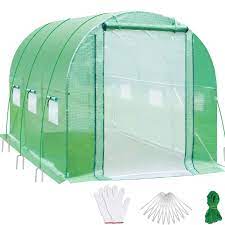 For gardeners seeking a spacious and walk-in greenhouse,
For gardeners seeking a spacious and walk-in greenhouse, 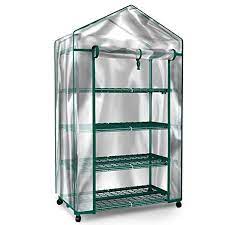 Ideal for indoor gardening or small outdoor spaces,
Ideal for indoor gardening or small outdoor spaces, 